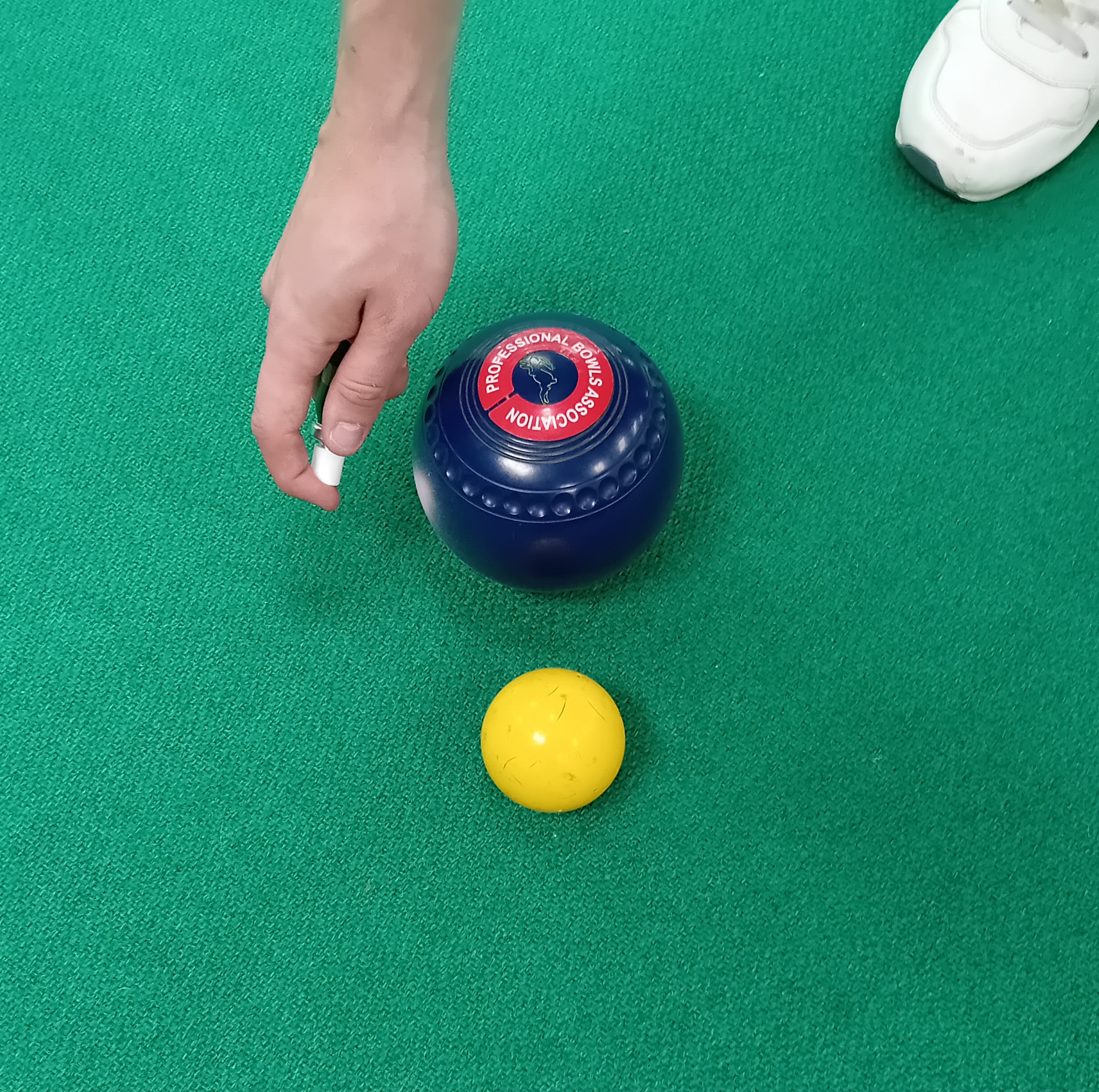Table of Contents
Some links on posts are affiliate links and will earn us a commission from qualifying purchases
When playing bowls, the aim of the game is to get as near as possible to the small white or yellow ball, known as the jack. Points, known as shots, are awarded to the player or team whose bowls are closest to the jack after all bowls are played in an end.
If you play your bowl and it hits the jack in the course of it’s journey, then that is called a toucher, and is marked with chalk. This means that it is live, and as such can be knocked into the far ditch and still be in play.
What is a live bowl and how does it differ from other bowls?
A live bowl, as described above, has touched the jack on it’s course after being delivered by a player. If it travels into the far ditch, within the rink markers at each side, then it is live and should remain in the ditch. It’s location should also be marked on the bank of the ditch by a coloured disk or peg.
The bowl is also live if a later bowl then hits it and pushes it into the ditch. This is important and is often used as a tactic when a jack has been pushed into the ditch – rather than draw close to the ditch the team that has a toucher may elect to try and push that into the ditch in an attempt to win the end.
How do I mark a toucher?
Traditionally, a stick of chalk was used to mark touchers. It is advisable to mark in more than one position – most players will mark opposite sides. That way, if the bowl is hit by another bowl, there is a good chance that the chalk mark will be visible, and not touching the carpet where it cannot be seen.
If using a stick of chalk, then it is important that you hold the bowl steady when marking it, especially when it is laying on it’s running surface if it did not fall over when it stopped.
If it is leaning then it is hard to chalk without moving it. Going back, players would run the chalk against their nails to create speckles of chalk to fall on top and mark the bowl accordingly. If it was then hit, players would chalk a more prominent mark if at all possible.
However in recent years bowls manufacturers have designed an aerosol that will spray a circle of fine chalk onto the bowl. This is a lot easier with leaning bowls, but is widely used by players on all touchers.
My bowl was pushed onto the jack but it was not marked with chalk – why is that?
It is only bowls that are delivered and hit the jack before stopping that are touchers. Even if it hits another bowl, or bowls, en route, as long as it hits the jack it is a toucher. A bowl that does not touch the jack within it’s initial journey, but is later knocked onto the jack, is not a toucher. If that bowl travels into the ditch it is not live and should be removed as it is not in play.
My toucher was knocked off the side of the rink and removed. Why?
A toucher is only live if it stays on the rink in play or in the ditch within the confines of the rink markers. If a toucher is knocked off the side of the rink, outsdie of the rink markers, by a later bowl, then it is no longer live and should be removed from the green.
How much does a spray chalk cost?
A tube of spray chalk is normally 30ml and costs in the region of £5-6. You will find that most clubs will order a large box of them to sell on to their members, although you can buy them from your usual bowls stockist or online store.
Conclusion – why are bowls marked with chalk after hitting the jack
We have seen why a bowl is marked with chalk after it touches the jack when delivered. Any bowl that is a toucher is doubly important, due to the potential of it being knocked into the far ditch and remaining live. Marking a toucher with chalk is important therefore to make sure you know which of the bowls are touchers and therefore could be in play later on.



